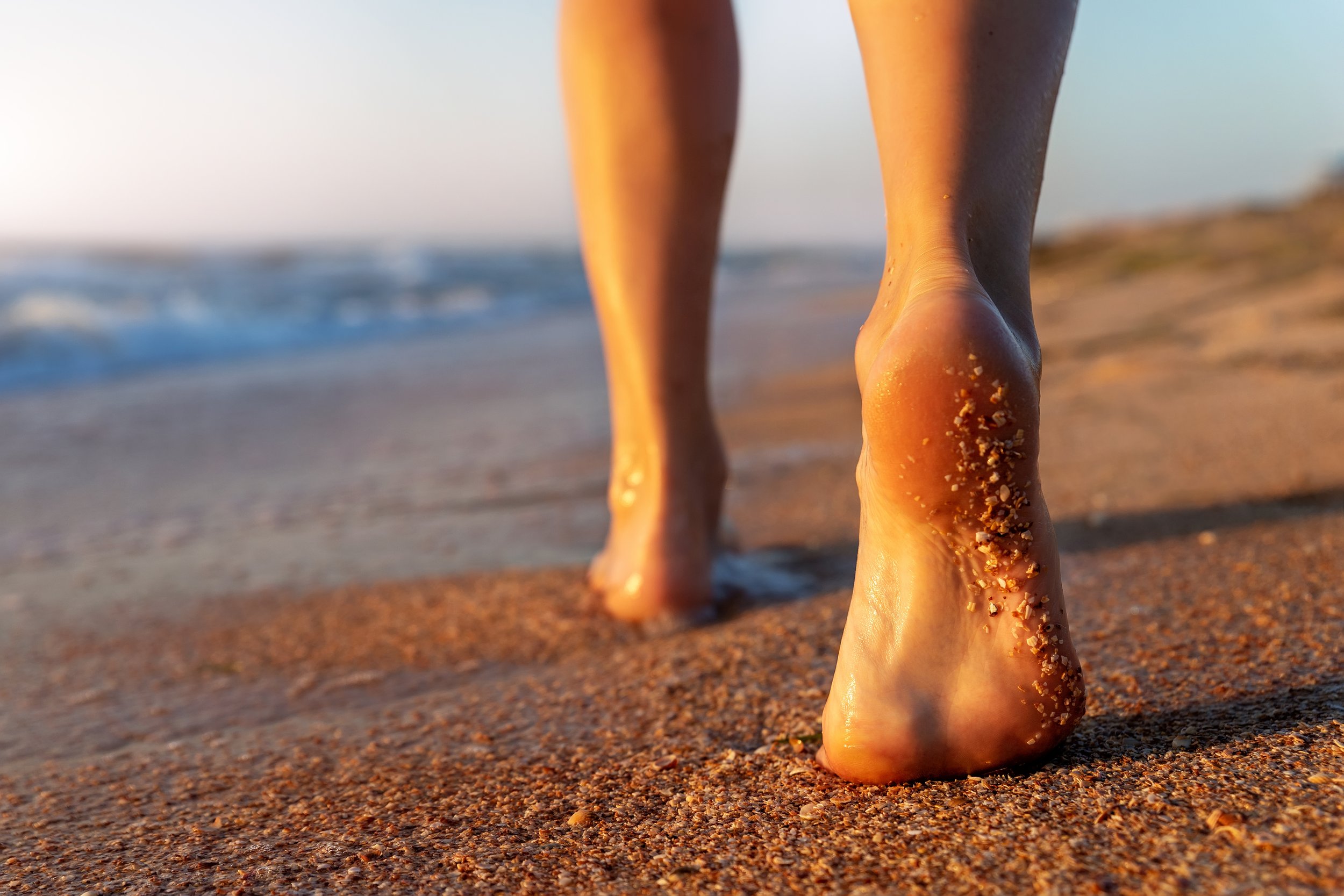Haglund's deformity, also known as Haglund's syndrome or "pump bump," is a condition characterized by the enlargement of the bony prominence at the back of the heel. It is named after the Swedish orthopedic surgeon Patrick Haglund, who first described the condition in 1928.
The deformity occurs when there is irritation and inflammation of the bursa (a fluid-filled sac that provides cushioning) and the surrounding soft tissues in the heel area. This often happens due to repetitive friction and pressure between the heel bone (calcaneus) and the back of rigid shoes, such as high heels or dress shoes. The continuous rubbing of the shoe against the heel can lead to the formation of a bony prominence.
The most common symptoms of Haglund's deformity include:
Bump or enlargement at the back of the heel: The prominence may be visible and can be felt as a hard lump on the back of the heel.
Pain and tenderness: The affected area may be painful, especially when pressure is applied, such as when wearing shoes or walking.
Inflammation and redness: The bursa and surrounding tissues may become inflamed, leading to redness and swelling.
Heel discomfort: The friction and pressure on the heel can cause general discomfort or irritation in the area.
Haglund's deformity is more common in women and individuals who frequently wear shoes with rigid backs. It is often associated with biomechanical factors such as a high-arched foot, tight Achilles tendon, or abnormal foot mechanics.
Treatment options for Haglund's deformity may include:
Footwear modifications: Switching to shoes with softer backs or open-back shoes can reduce friction and alleviate symptoms.
Orthotics: Custom shoe inserts or heel pads can help cushion the heel and reduce pressure on the affected area.
Medications: Nonsteroidal anti-inflammatory drugs (NSAIDs) may be prescribed to reduce pain and inflammation.
Physical therapy: Stretching exercises and physical therapy can help improve the flexibility of the Achilles tendon and reduce symptoms.
Immobilization: In severe cases or when conservative measures fail, a cast or walking boot may be used to immobilize the foot and allow the tissues to heal.
Surgery: In rare cases, when conservative treatments are ineffective, surgical intervention may be considered to remove the bony prominence and address any associated structural issues.
If you suspect you have Haglund's deformity or are experiencing heel pain, it is advisable to consult with a healthcare professional, such as a podiatrist or orthopedic specialist, for an accurate diagnosis and appropriate treatment plan.

